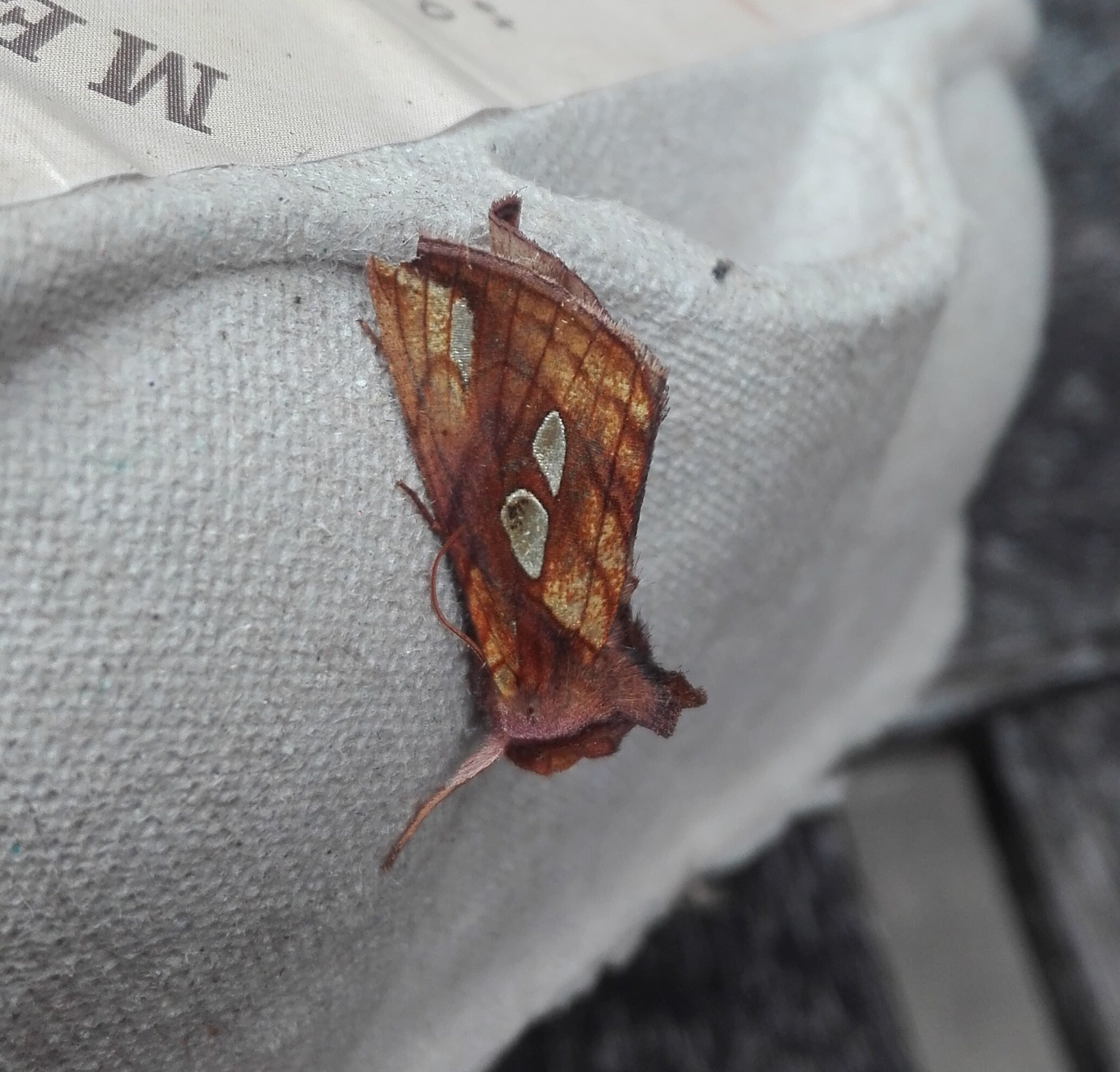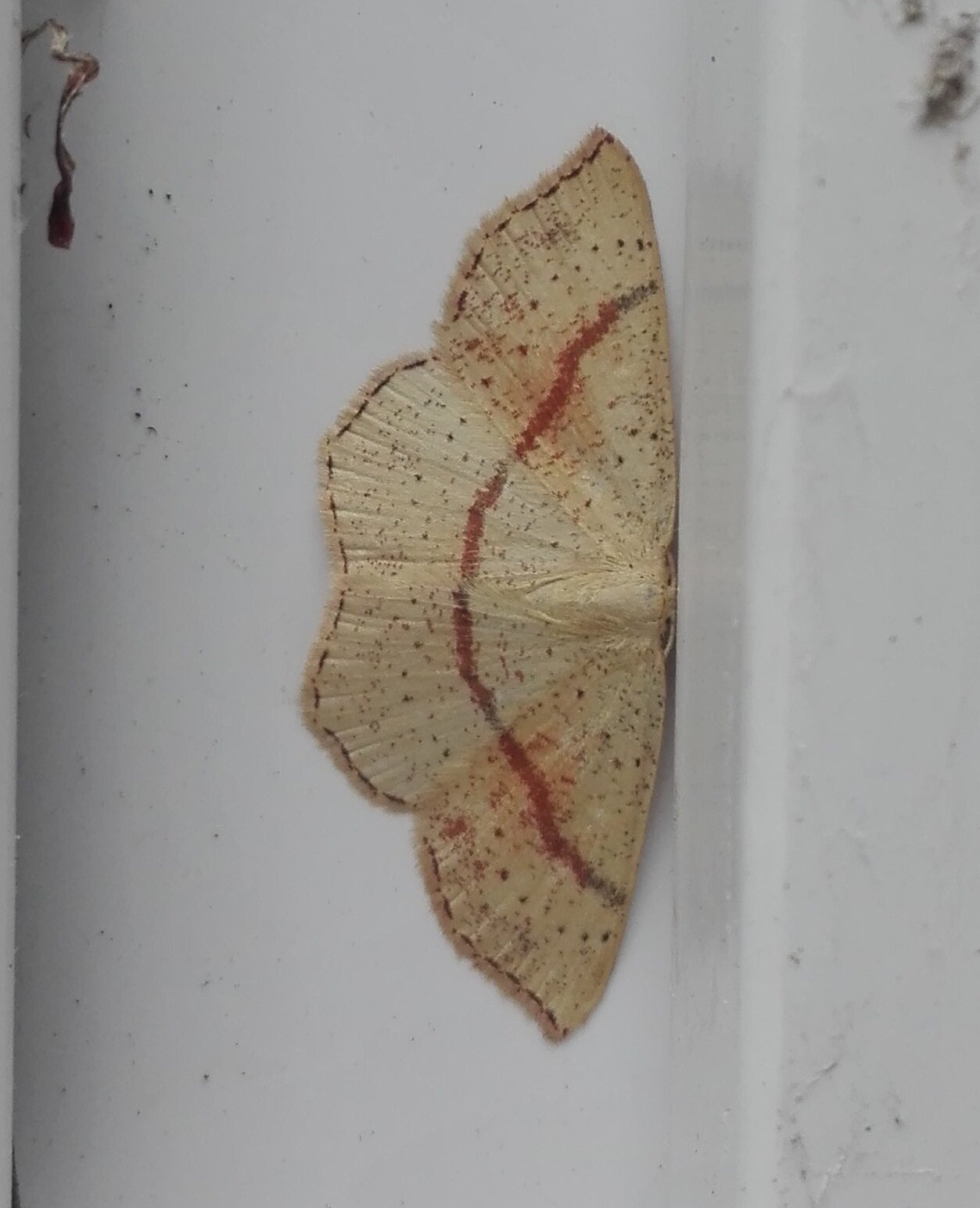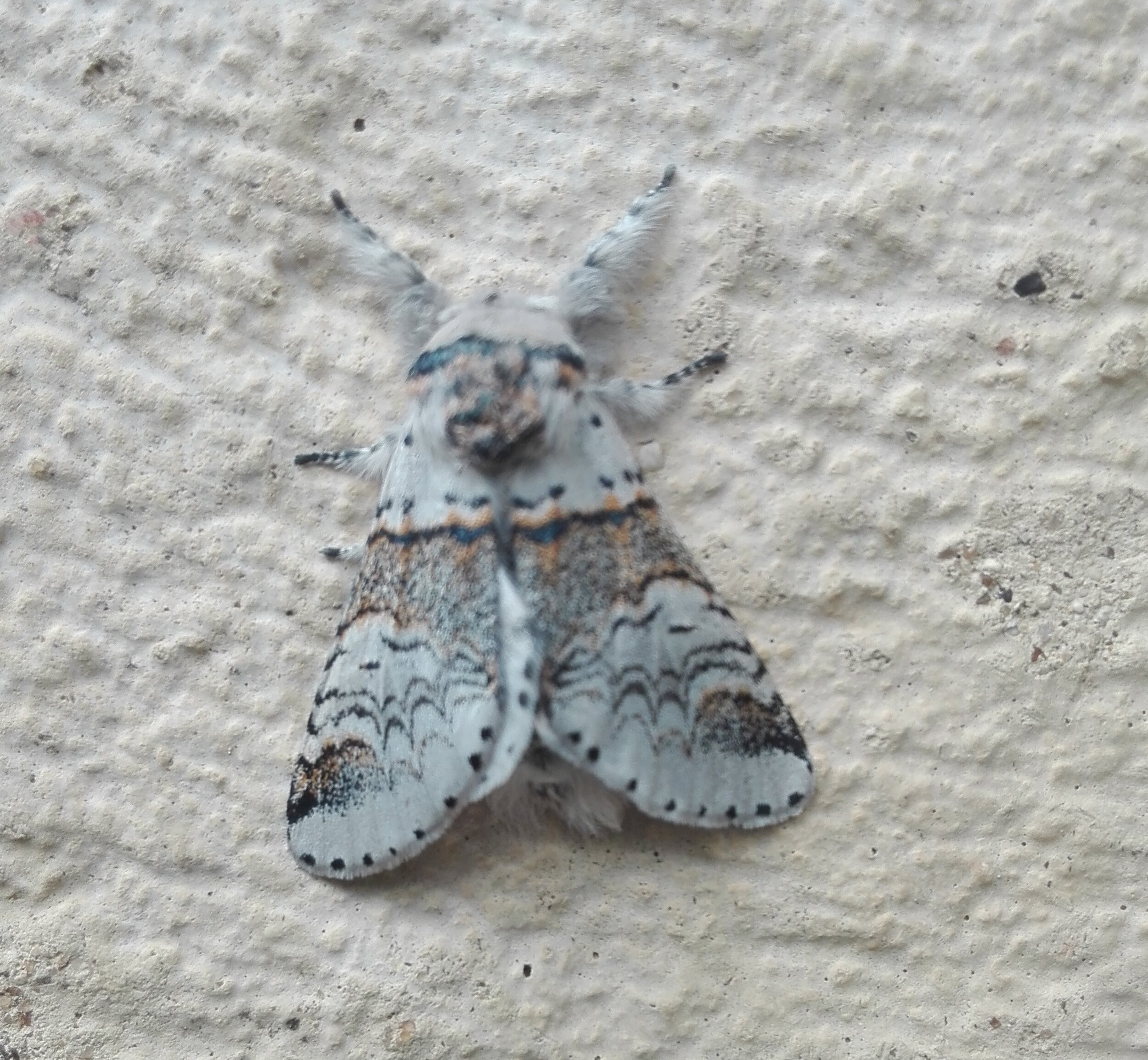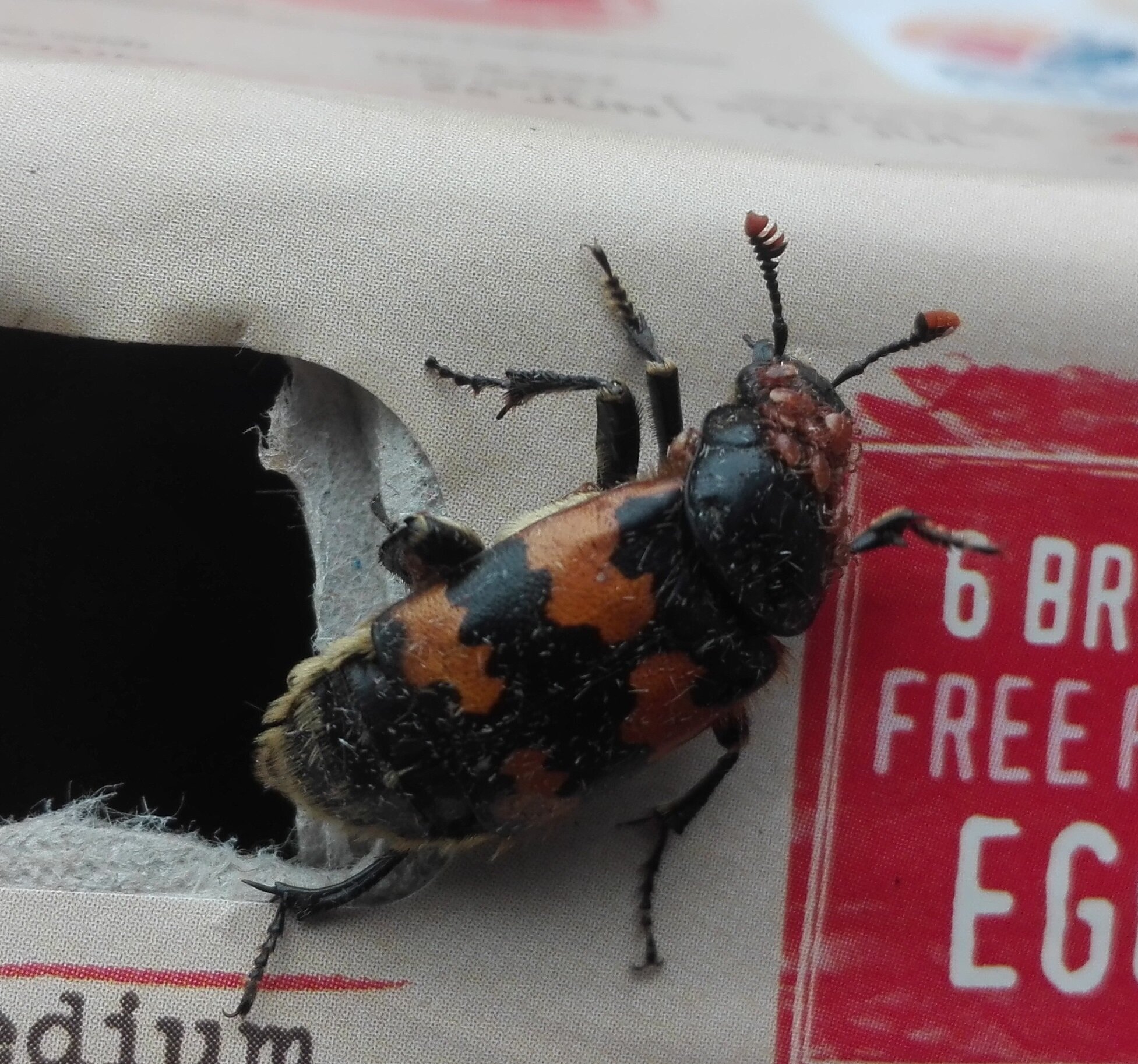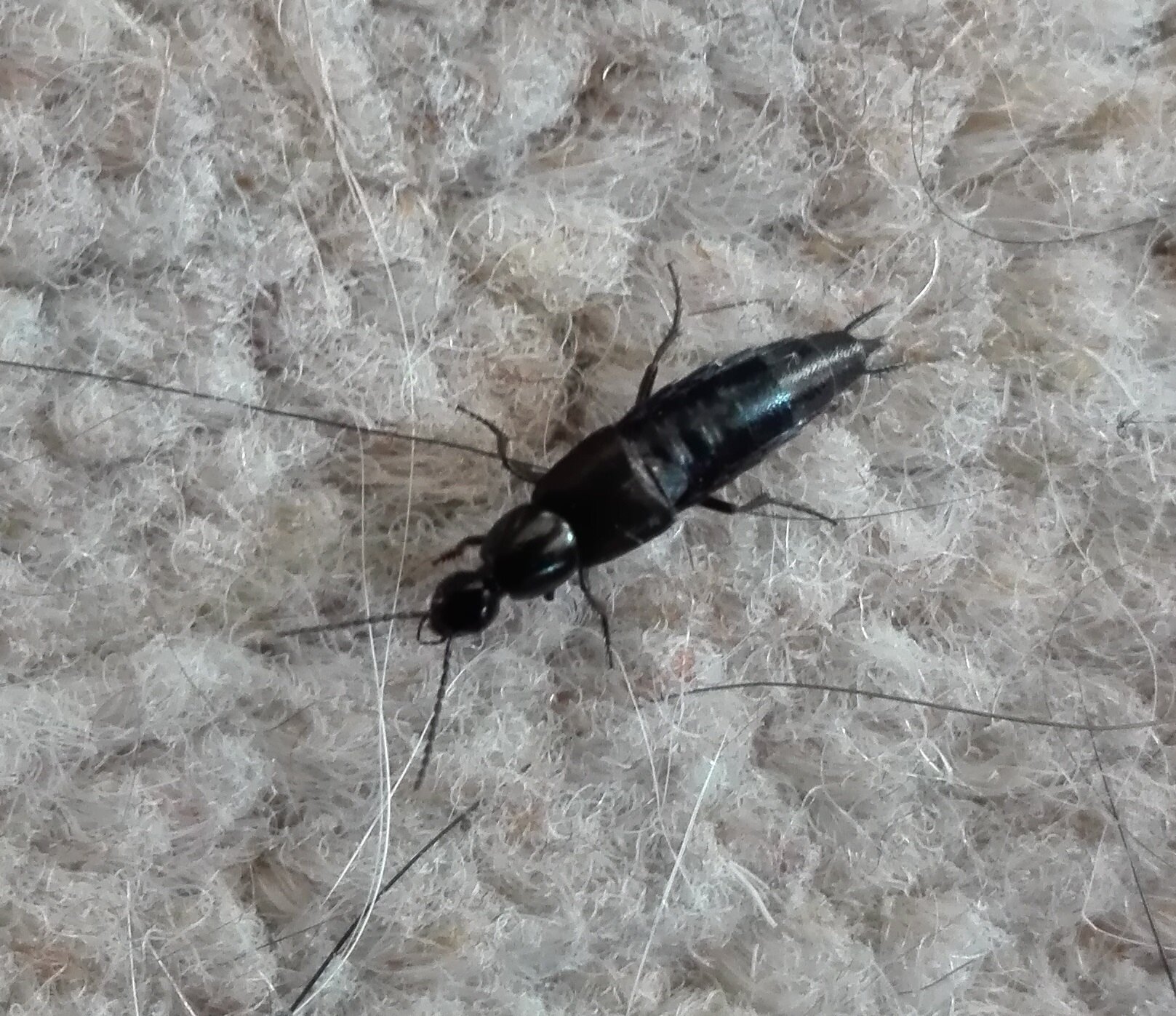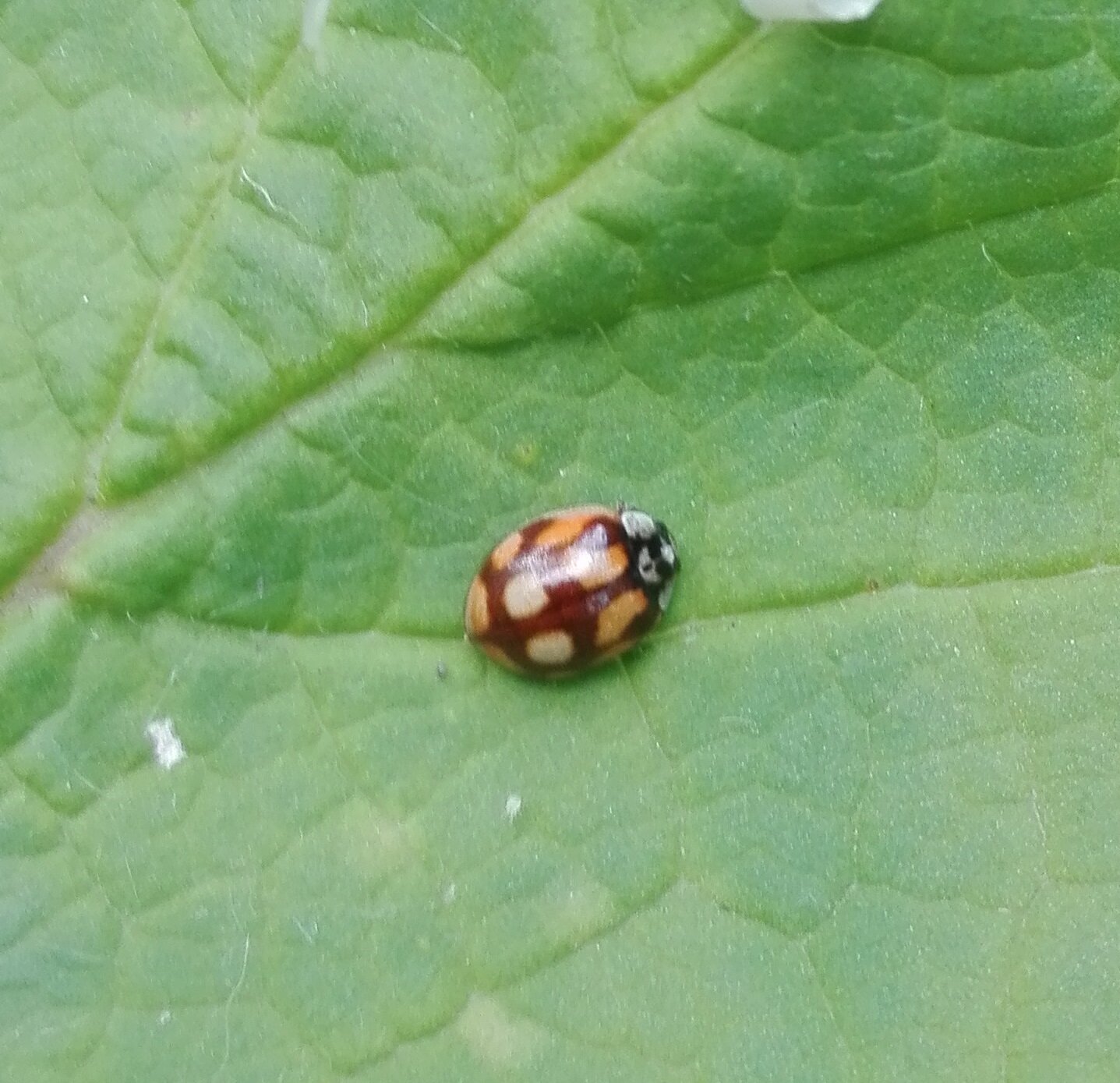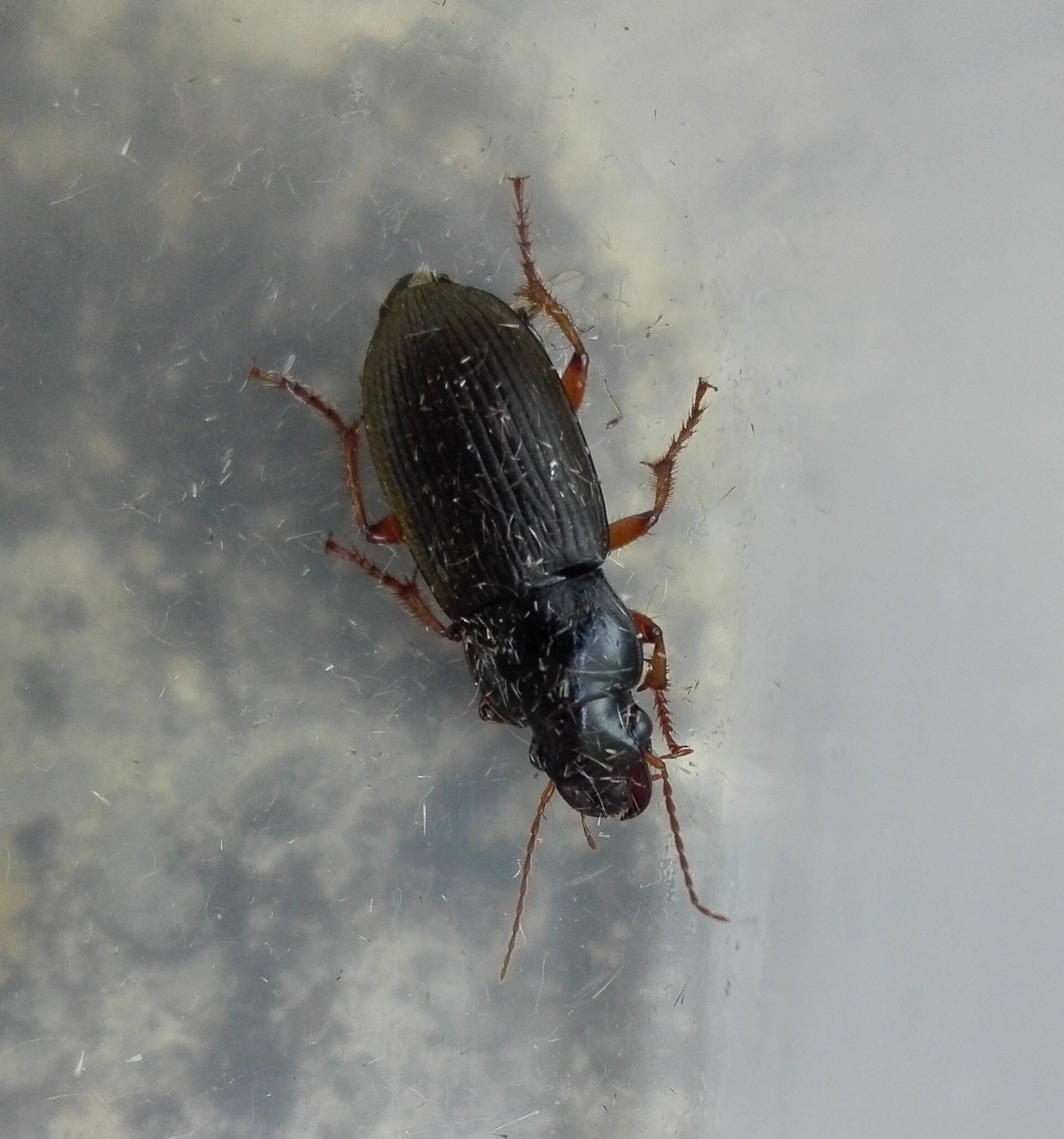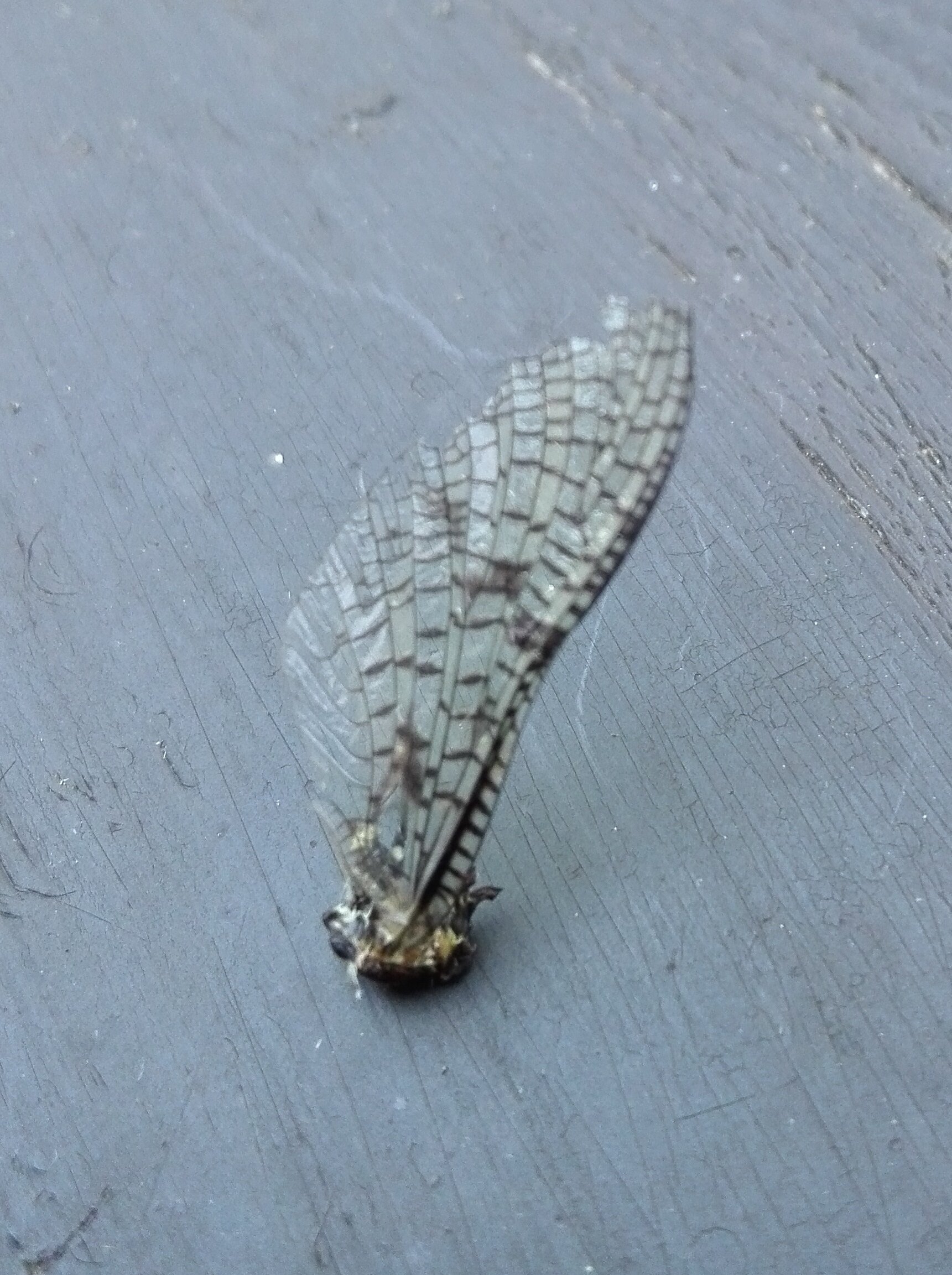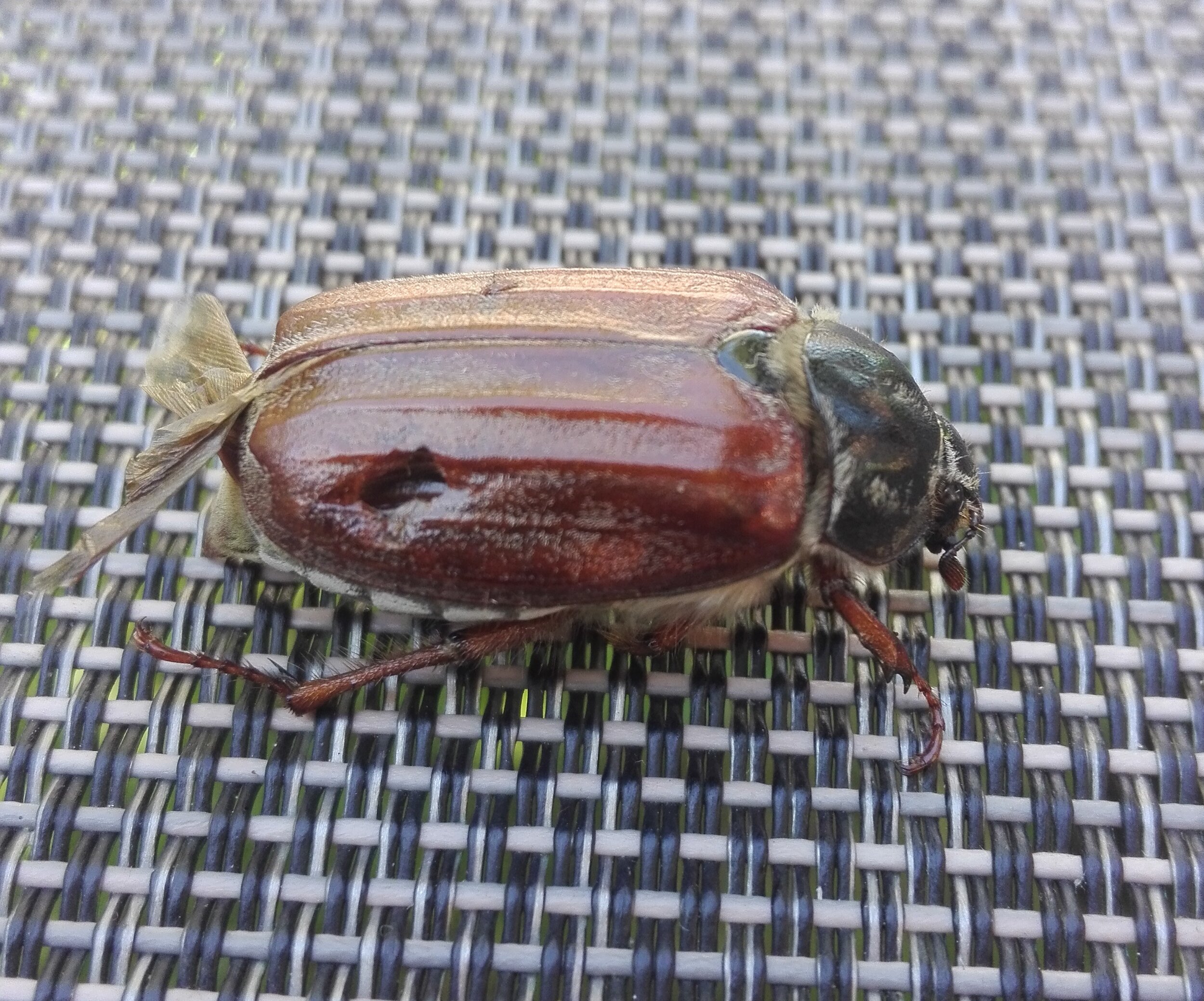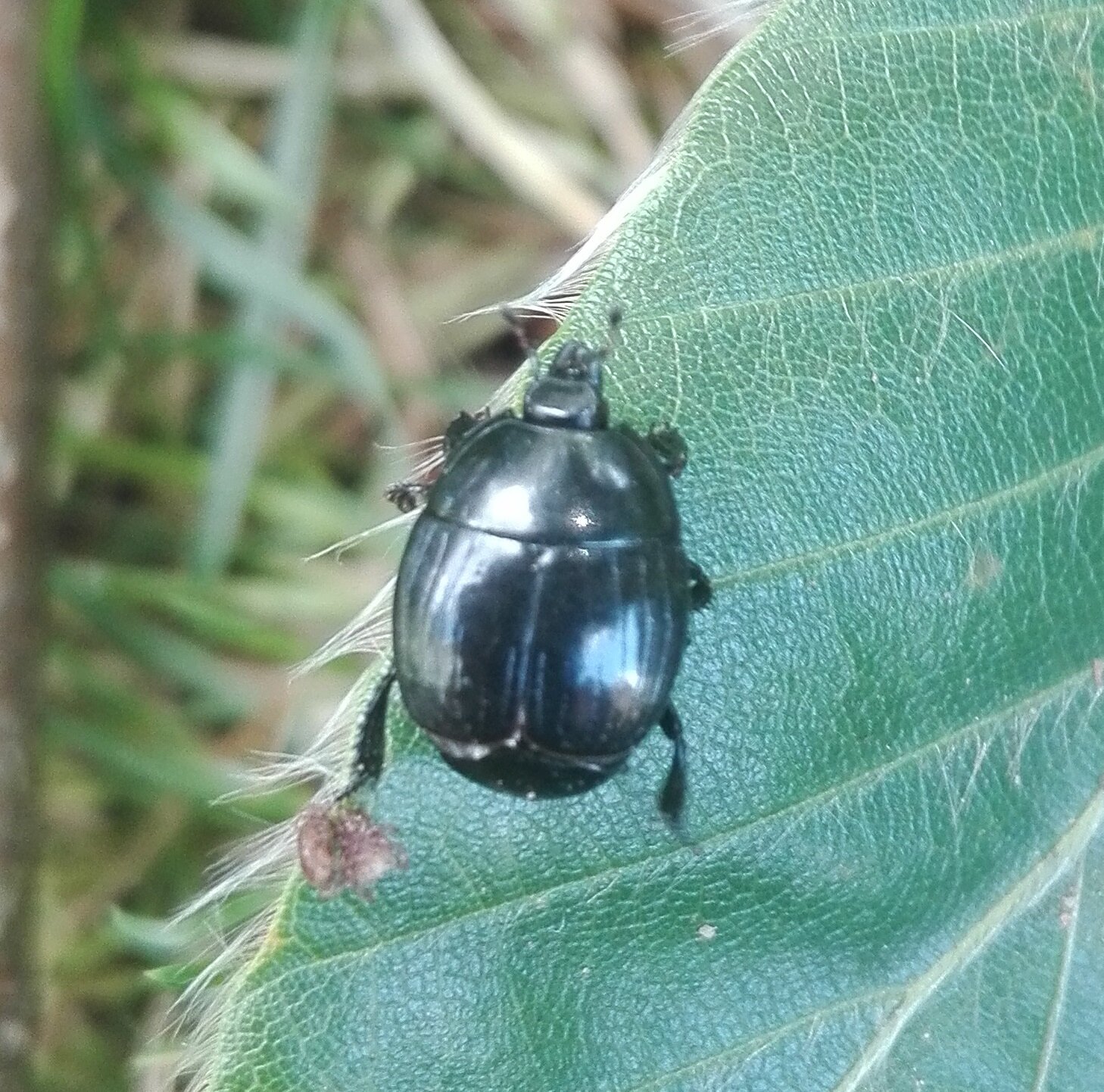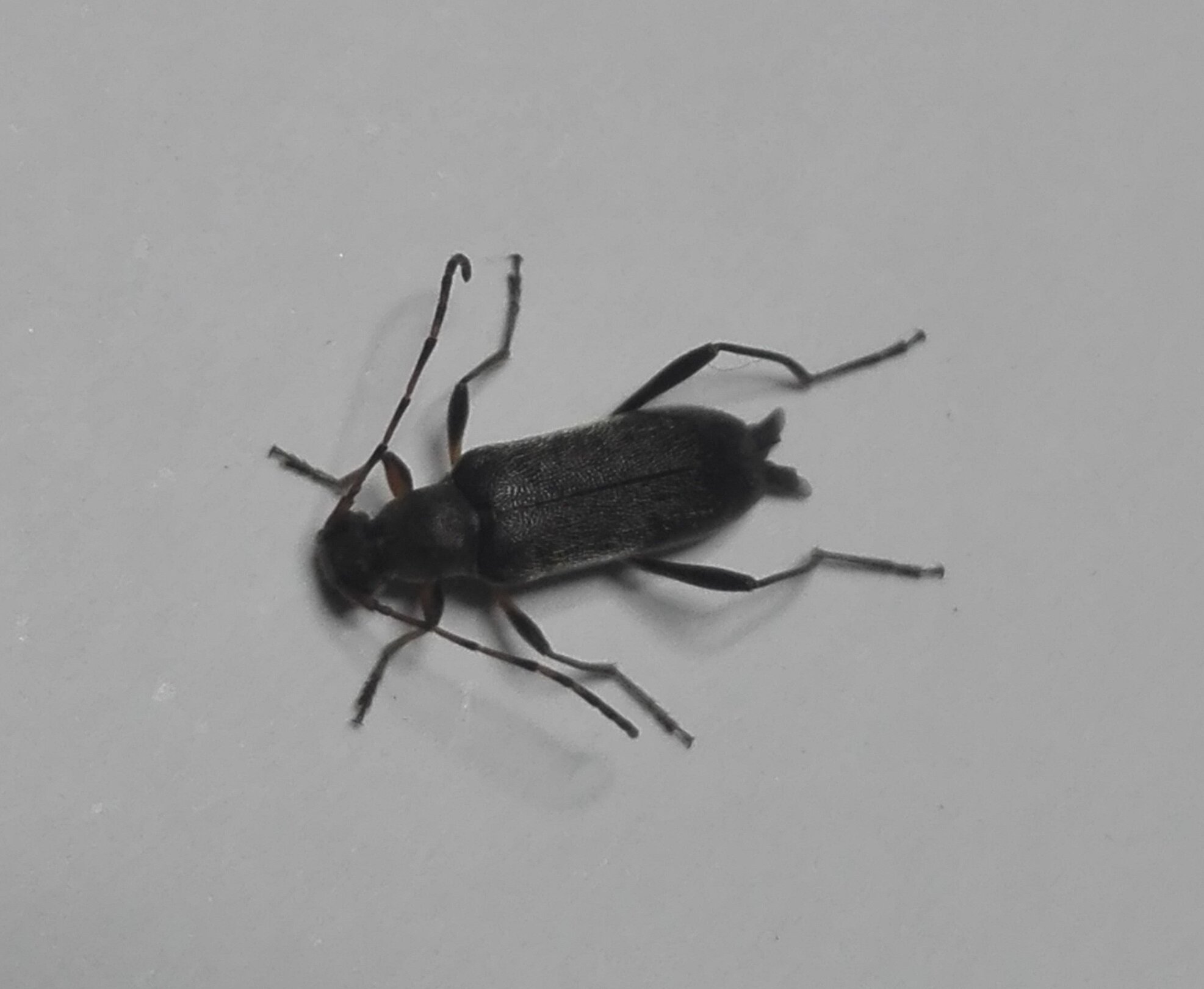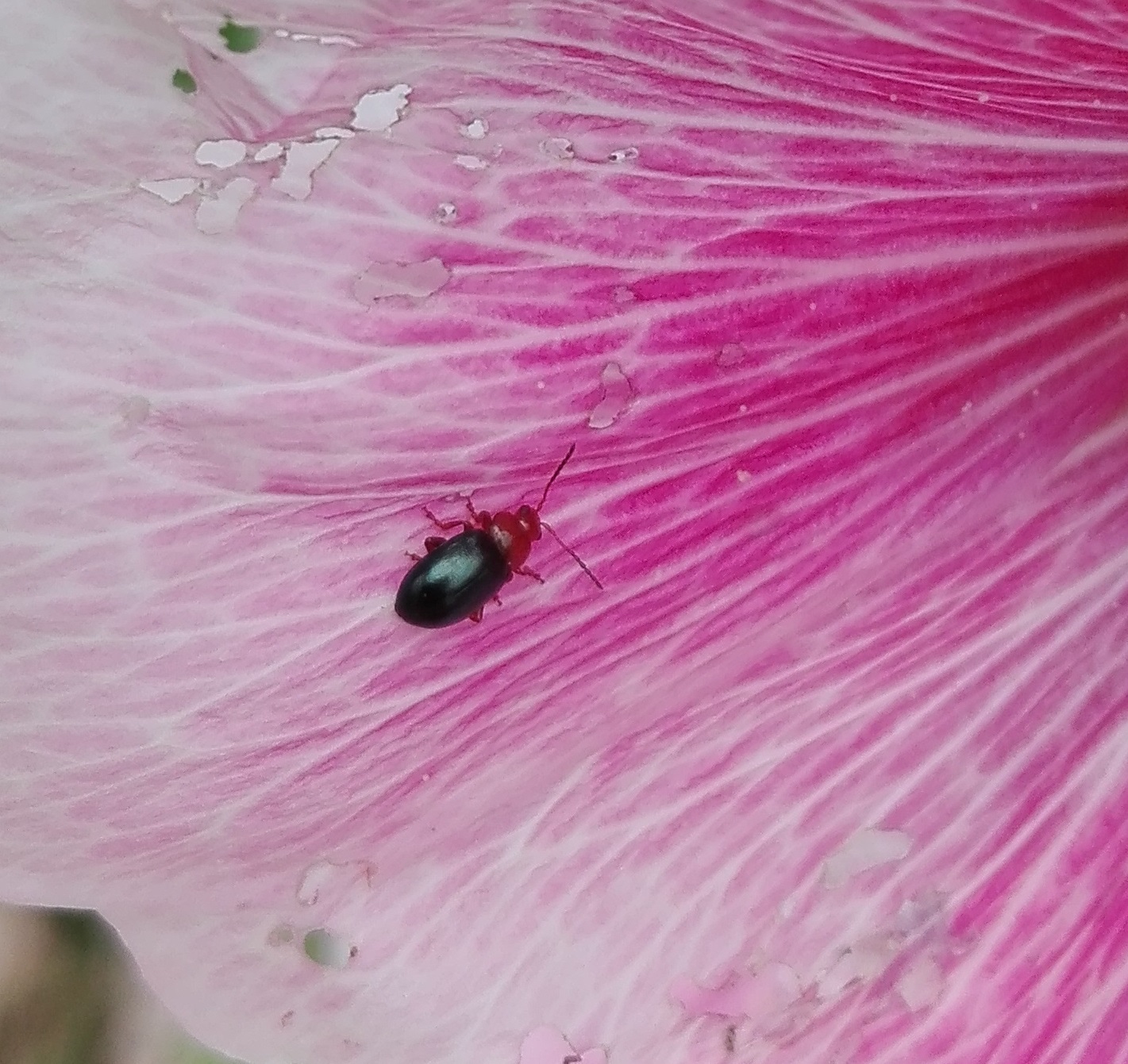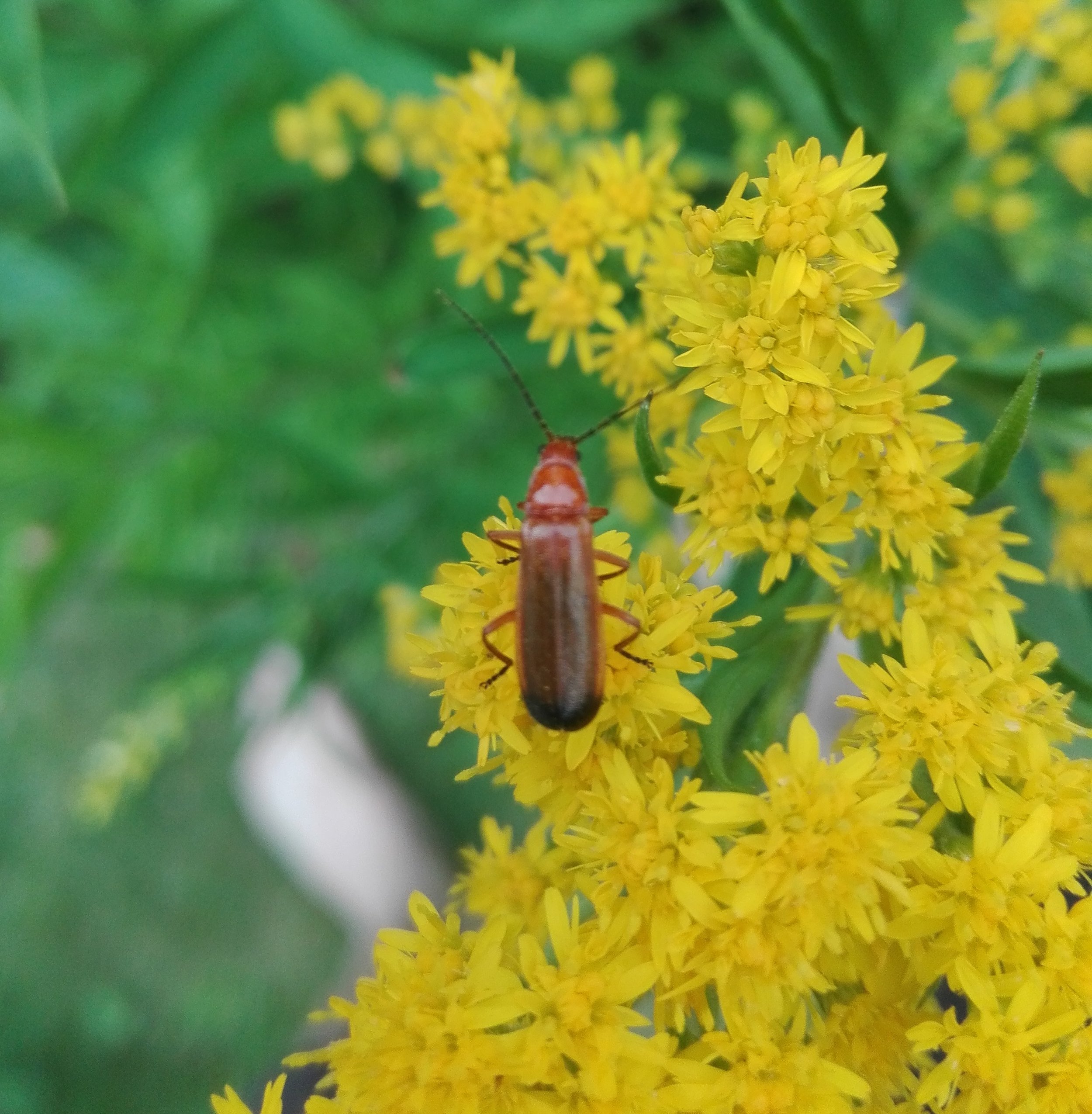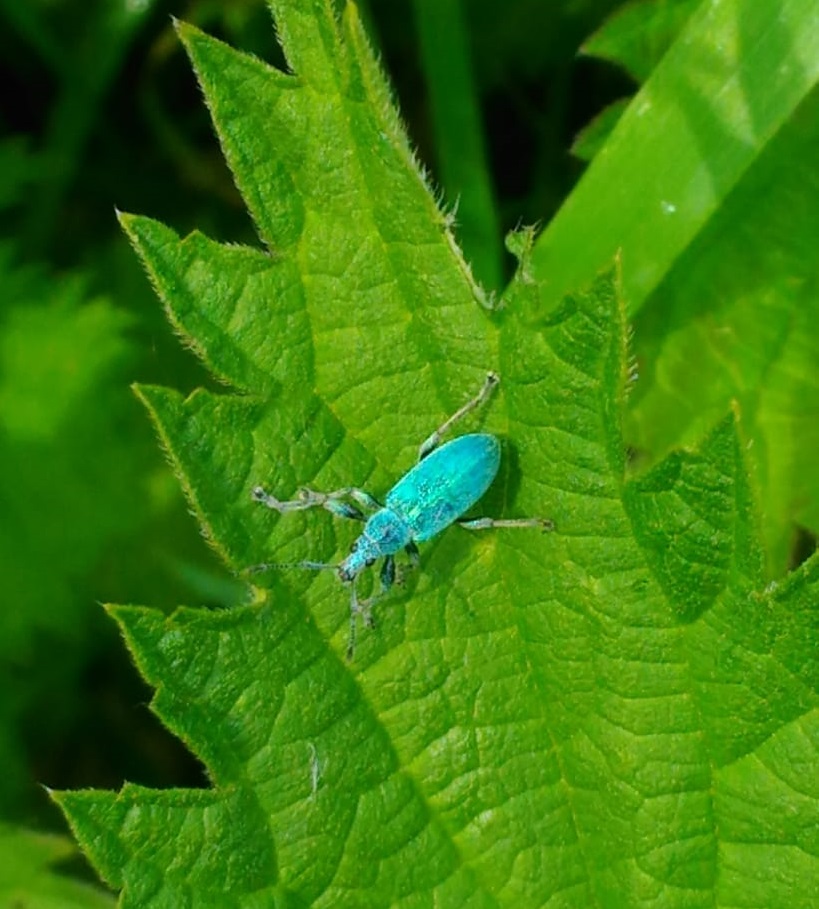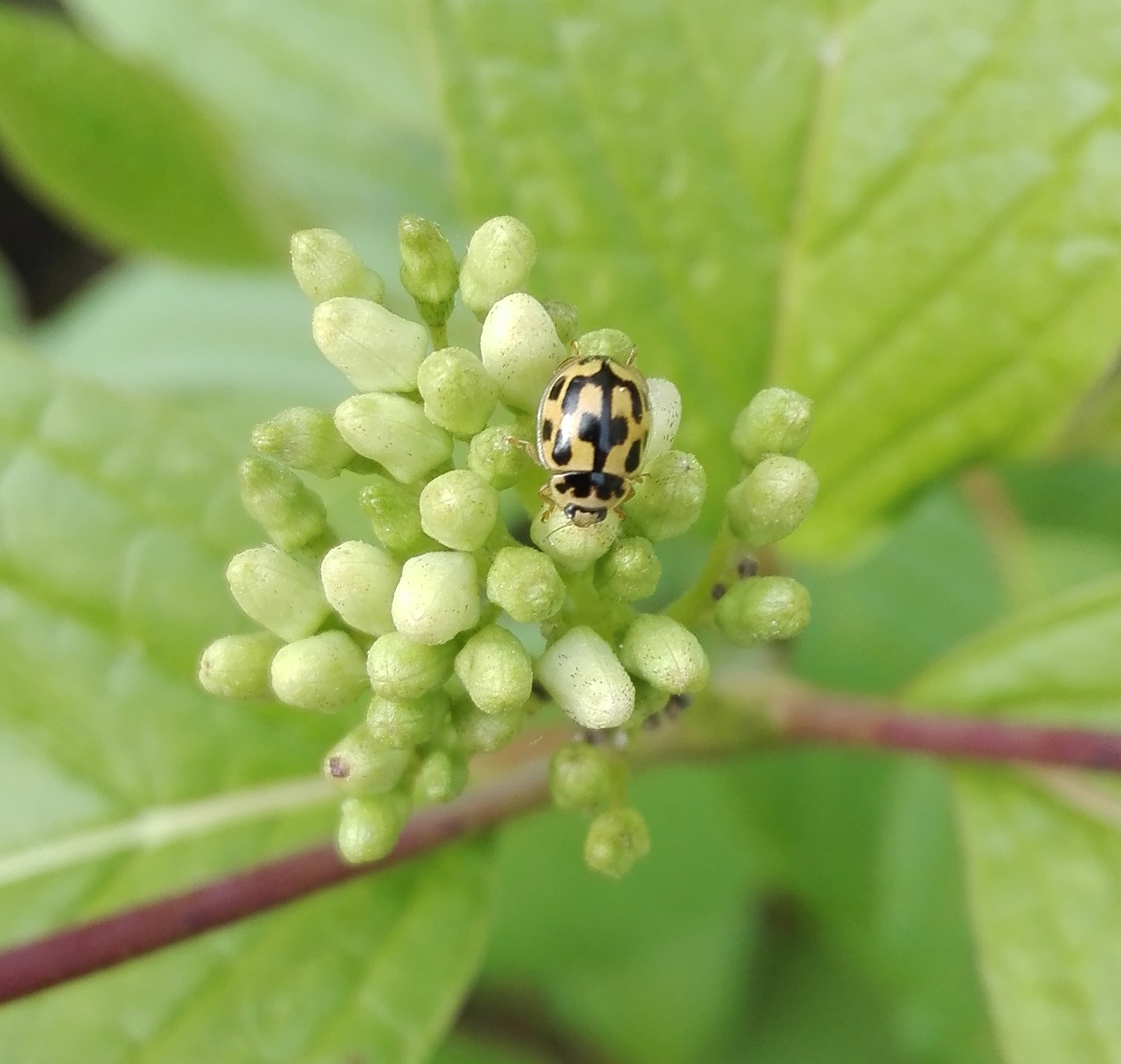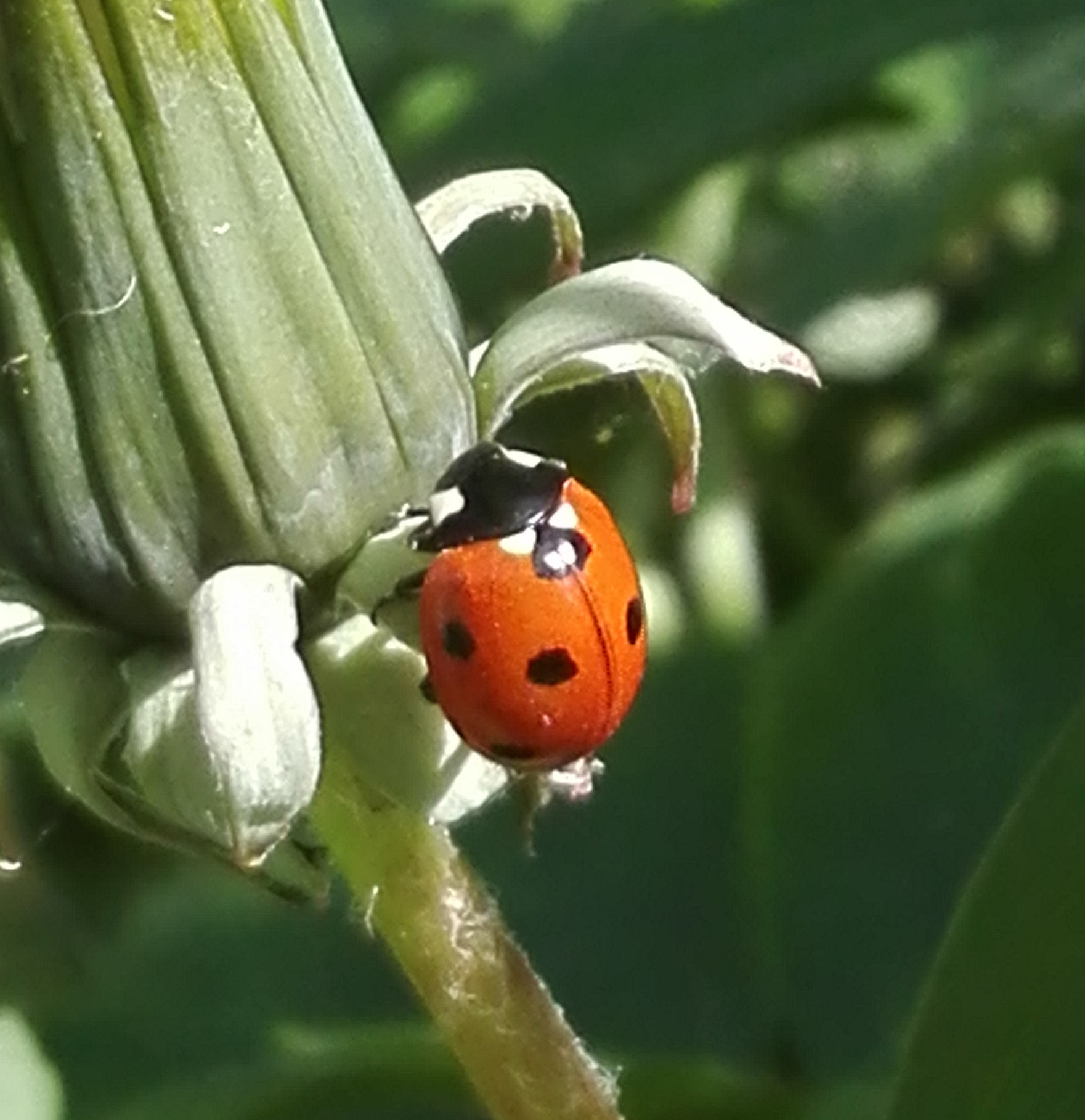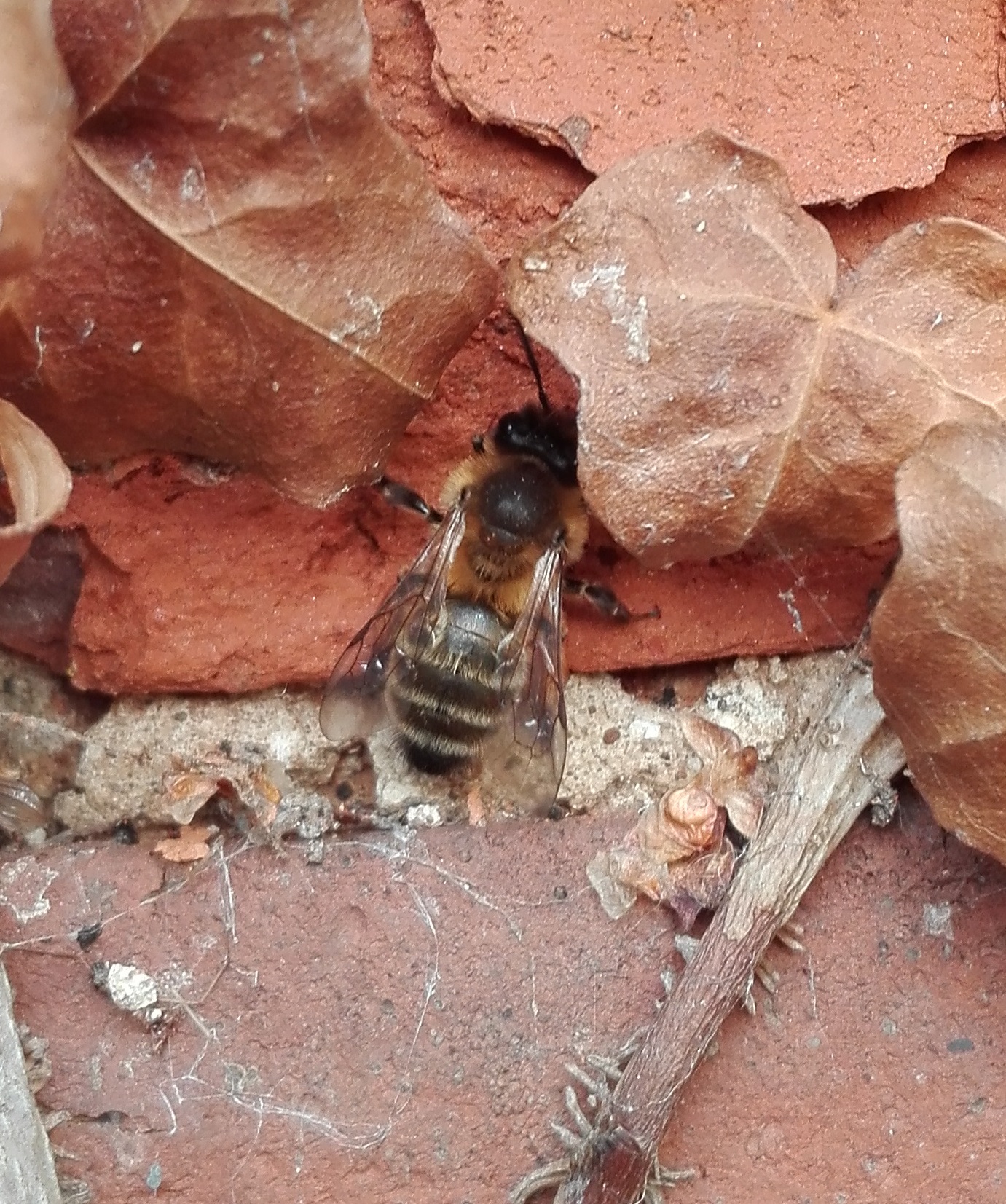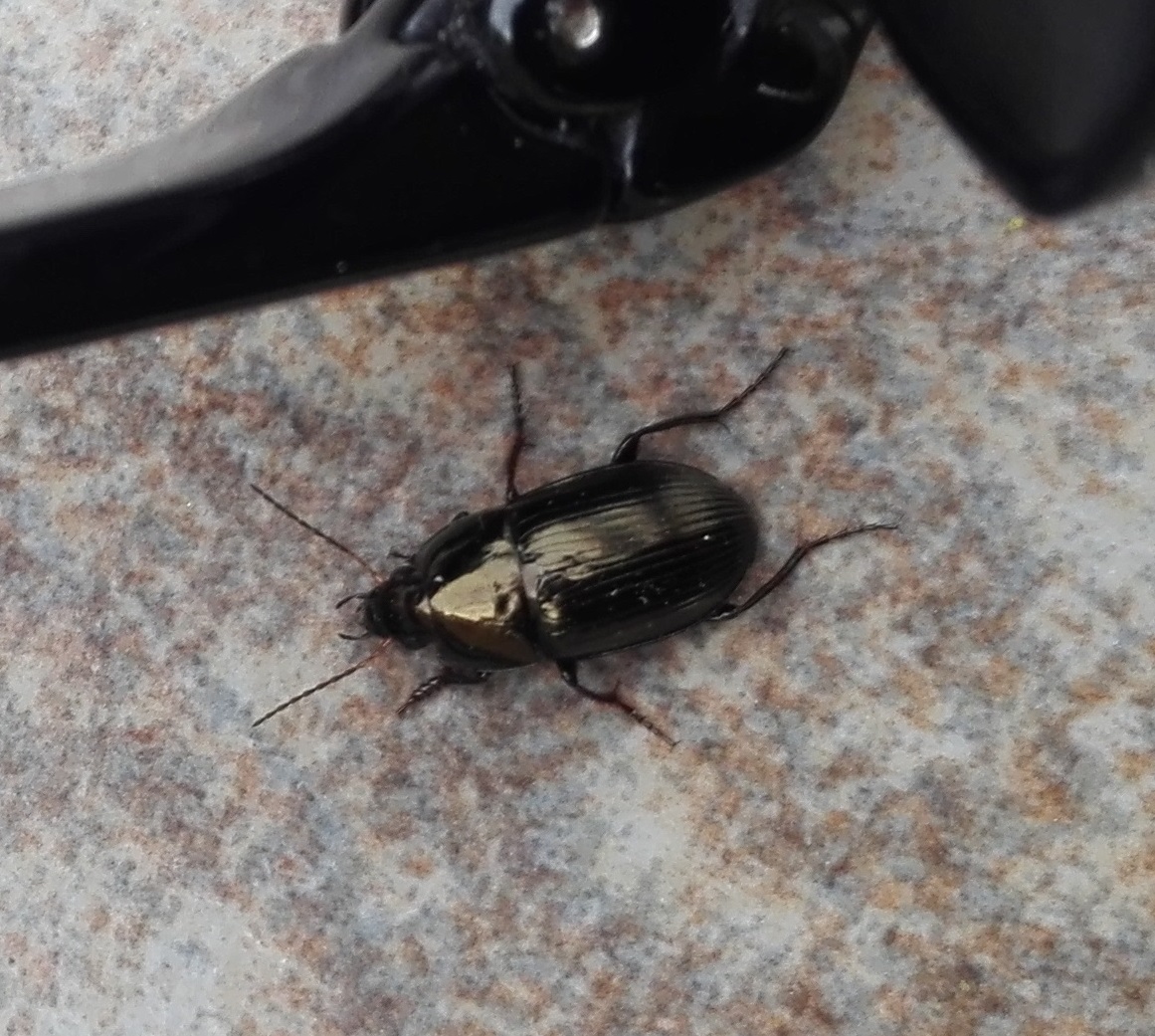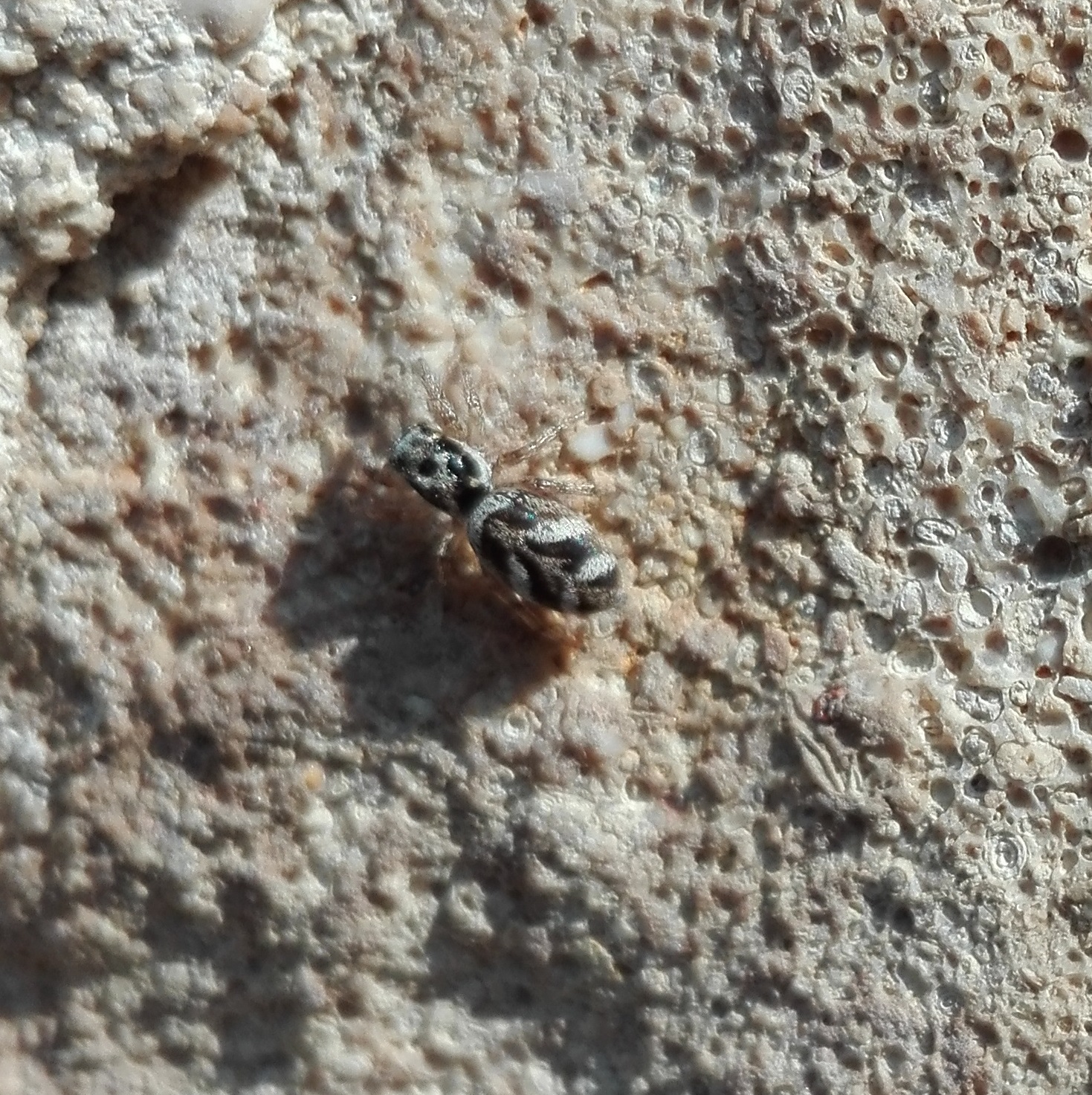Thistle Tortoise Beetle - Cassida rubiginosa, #734
/I rescued this tiny green beetle from a spiders web on the outside of the house - the spider did not seem to have been very interested in eating it. It’s a Thistle Tortoise Beetle; the commonest UK tortoise beetle. This species lives on thistles and a variety of other plants, over-wintering as an adult in the leaf litter and becoming active in March/April. Native to Eurasia, this species has been introduced to North America and even New Zealand, sometimes deliberately in an attempt to control non-native creeping thistles.






